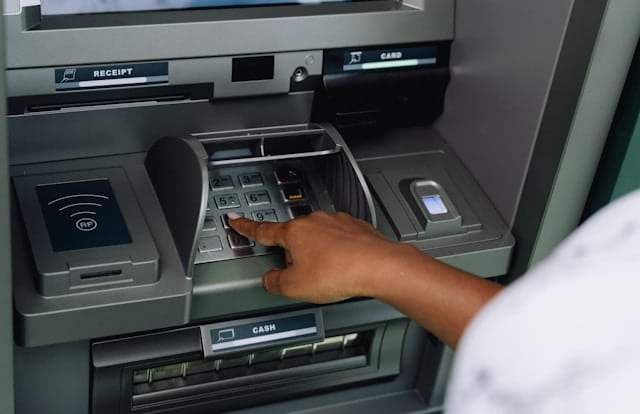For many, visiting a bank branch seems like an antiquated hassle, and ATMs have become a trusted hub for handling quick banking needs. But when it comes to depositing cash, questions often arise. Can you really deposit cash into an ATM? Are there any limits or restrictions? Don’t worry—we’re here to break it all down for you in simple, reassuring terms.
This guide will help you understand how cash deposits work at ATMs, step-by-step instructions, common restrictions, and helpful tips to make the process as seamless as possible.
Can You Deposit Cash Into an ATM?
Yes, you absolutely can deposit cash into most ATMs! This system works as an extension of traditional in-bank deposits, offering the convenience of accessibility day or night. Many modern ATMs are equipped to handle cash deposits securely, whether the ATM belongs to your bank or an affiliated network.
However, availability can vary depending on your bank and location. Some ATMs may only allow deposits for customers of that specific bank, while others may accept deposits from other banks. Always check with your bank to confirm if their ATMs support cash deposits and any applicable guidelines.
Why Deposit Cash Using an ATM?
Here are some reasons why depositing cash via an ATM is a smart option:
- Convenience: Available 24/7, ATMs allow you to deposit cash outside of regular banking hours.
- Instant Credit: Many ATMs immediately credit deposits to your account, making your funds available quickly.
- Reduced Lines: No waiting in traditional teller queues.
- Accessibility: ATMs are widely available in urban and suburban areas, ensuring you’re rarely far from one.
How to Deposit Cash Into an ATM
If you’ve never done this before, don’t worry. Here’s a simple, step-by-step guide to depositing cash into an ATM.
1. Locate a Compatible ATM
Use your bank’s mobile app or website to find an ATM near you that supports cash deposits. If you’re using a third-party bank ATM, verify whether they accept deposits for your specific card or account type.
2. Bring Your Debit Card and Cash
Make sure you have your debit card ready as most ATMs will require it for authentication. Also, ensure the cash is neatly stacked without clips or bindings, as ATMs often reject wrinkled or damaged bills.
3. Insert Your Card and Enter Your PIN
Begin by inserting your card into the ATM slot and entering your PIN. This securely identifies you as the account holder.
4. Select Deposit Option
From the on-screen menu, choose the “Deposit” option. Some ATMs may prompt you to choose between depositing cash or checks.
5. Insert Cash
Carefully place your cash into the designated deposit slot. Modern ATMs can count multiple bills at once, but if you’re using an older machine, you may need to insert bills one by one. Double-check that the cash is clean and uncreased.
6. Confirm the Deposit Amount
The ATM will display the total amount detected. Review it carefully to ensure accuracy, then confirm the transaction.
7. Retrieve Receipt
Always take the printed or emailed receipt as proof of your deposit, just in case there are discrepancies.
What to Keep in Mind
While depositing cash at an ATM is straightforward, a few things are worth noting to avoid hiccups.
ATM Deposit Limits
Many banks impose daily or per-deposit limits on how much cash you can deposit via ATM. Check with your bank for exact limits.
Processing Times
Although many deposits are credited instantly, some may require additional processing time, especially if made after business hours or on weekends.
Third-Party Fees
If you’re depositing into an ATM that doesn’t belong to your bank, keep in mind that additional fees may apply.
Compatible Bills
ATMs are designed to accept clean, unwrinkled bills only. Most will reject torn, written-on, or excessively old currency.
FAQs
Can I Deposit Cash Into an ATM After Banking Hours?
Yes! One of the greatest advantages of depositing cash into an ATM is the ability to do so 24/7.
Does the ATM Deposit Cash Immediately Into My Account?
Typically, yes. Most deposits appear in your account balance right away. However, this can depend on your bank’s processing policies.
What If the ATM Doesn’t Accept My Deposit?
If the ATM rejects your cash, ensure the bills are flat and free of damage. You can also try a different ATM or visit your bank in-person for assistance.
